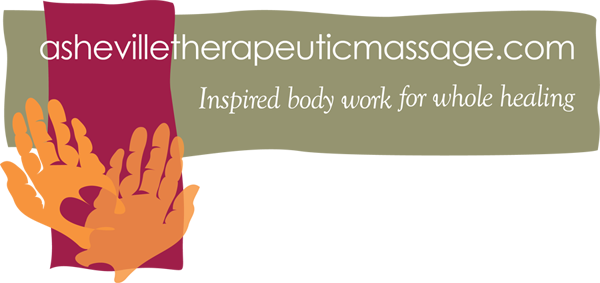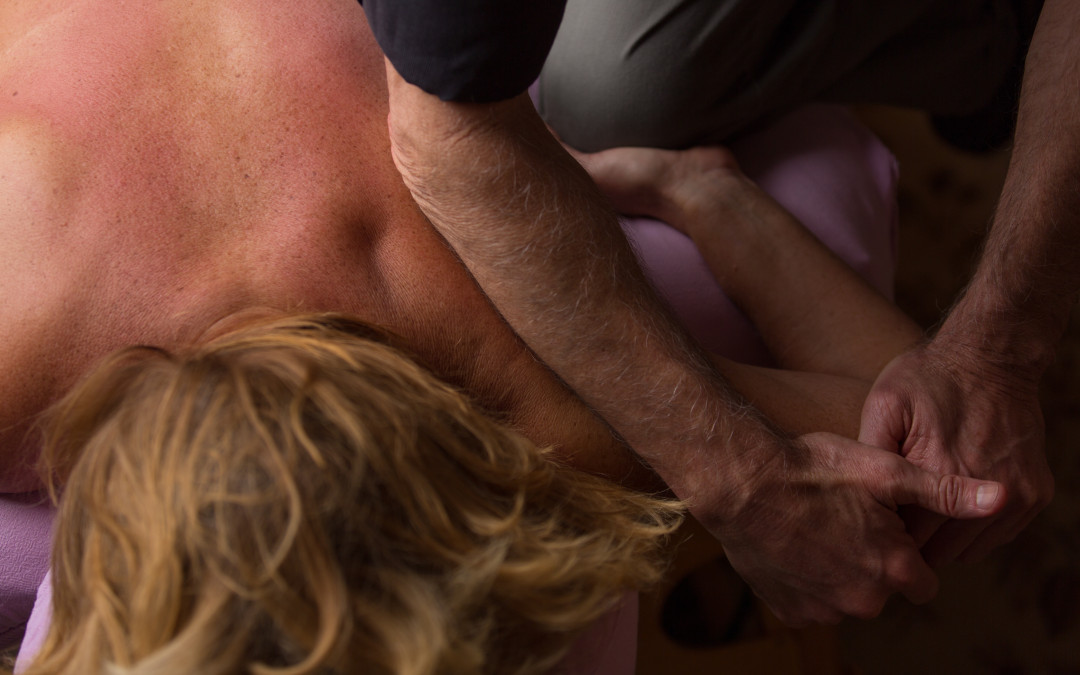How can massage therapy help you to reduce rotator cuff pain? In the case of impingement, massage techniques have been developed over the past decade or so that can relieve pressure to the muscles and tendons in the subacromial space. These include trigger point therapy, neuromuscular massage and myofascial release techniques. One of the goals for relieving impingement is to increase the height of the space in which these muscles, tendons and bones have often been trained through poor posture, repetitive motion or injury, to crowd together. A careful and thorough treatment of the shoulder area will address trigger points and adhesions in these fragile but important muscles.
Some rotator cuff problems, as mentioned above, are caused by bone spurs in the scapular area, which can lead to impingment. While massage therapy can not address the bone spur itself, it can help to increase mobility and flexibility in the joint, thereby reducing the chance of impingement.
When looking for a therapist to help you with a rotator cuff treatment, do your research. Find a reputable therapist with good references and recommendations from others who have seen him or her for rotator cuff or similar problems. Ask the therapist what training he or she has received, in massage school and continuing education, on how to address rotator cuff issues.
After your session, you should feel lessened pressure on the joint, greater mobility and flexibility, and reduced pain. For many people, continued sessions with a skilled therapist on a regular basis will help to ensure that the rotator cuff issues remain under control, without having to resort to costly surgery or pharmaceutical pain management.

